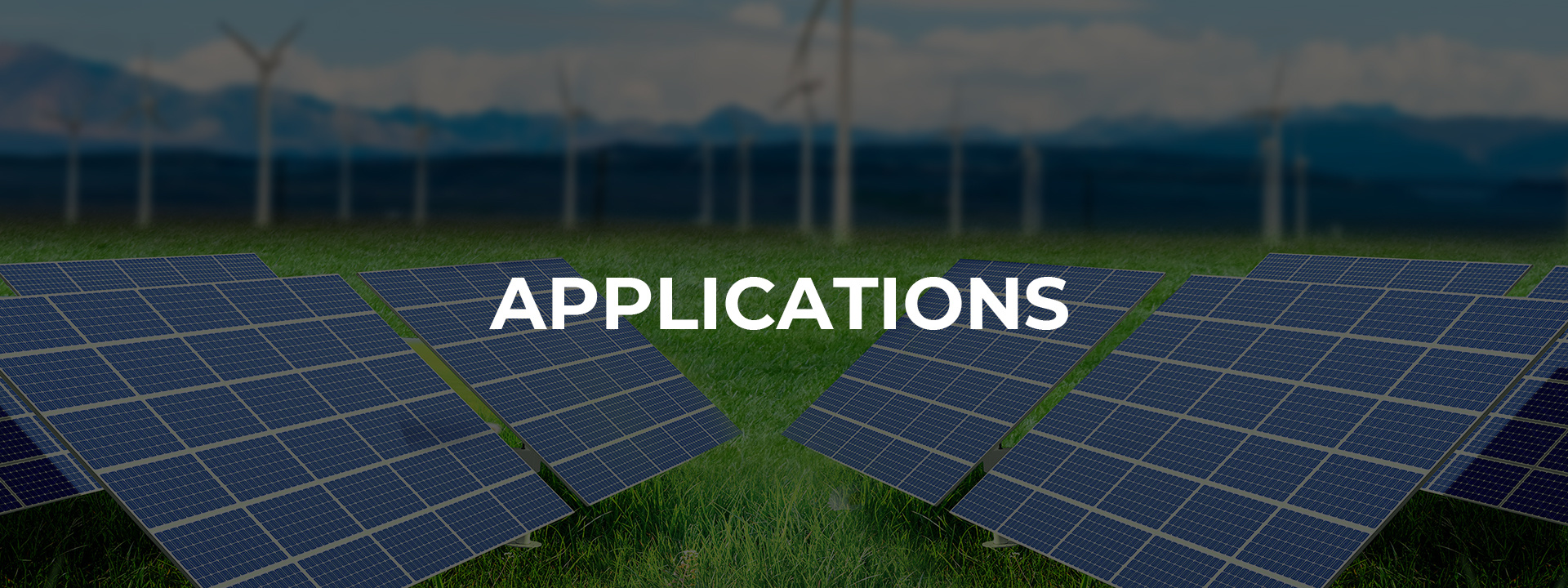Irrigation
Gear reducers play a significant role in irrigation systems, facilitating efficient water management for agricultural, commercial, and residential landscapes. By adjusting the speed and torque of motors, gear reducers enable various irrigation equipment to operate optimally, ensuring precise water distribution and conservation. Here are examples illustrating the use of gear reducers in different irrigation applications:
1. Center Pivot Irrigation Systems
Center pivot irrigation systems, which provide water to large agricultural fields in a circular pattern, rely on gear reducers for the smooth and controlled movement of the pivot arms. Gear reducers adjust the speed of the wheels under the pivot arms, allowing for uniform water distribution across the fields. This precise control helps in optimizing water usage and improving crop yields.
2. Pump Stations
In irrigation systems, pump stations are essential for drawing water from sources like wells, lakes, or rivers and delivering it to the irrigation site. Gear reducers are used in these pumps to regulate the flow rate, ensuring that the right amount of water is pumped based on the irrigation needs. This not only conserves water but also reduces energy consumption by operating the pump motors at the most efficient speeds.
3. Travelling Irrigators
Travelling irrigators, which move across fields to water crops, utilize gear reducers to control their movement and the operation of the sprinkler heads. The gear reducers ensure that the irrigators move at a consistent speed, providing even coverage and preventing over-irrigation or under-irrigation of the crops.
4. Drip Irrigation Systems
While drip irrigation systems primarily rely on gravity and water pressure, gear reducers are used in the pumps and valves that control the flow of water to the drip lines. They help maintain the optimal pressure, ensuring that water is delivered directly to the root zones of plants efficiently and uniformly.
5. Turbine Pumps
For larger-scale irrigation, turbine pumps equipped with gear reducers lift water from deep sources. The gear reducers adjust the rotational speed of the pump impellers, optimizing the water output to meet the irrigation demands without wasting water or energy.
6. Water Reels
Water reel irrigation systems, which are portable and used for varying field sizes, incorporate gear reducers to manage the retraction speed of the hose reel. This ensures that the attached sprinkler cart is pulled across the field at a uniform rate, facilitating consistent water distribution.
7. Valve Actuators
In automated irrigation systems, valve actuators control the opening and closing of valves to start or stop water flow. Gear reducers in these actuators ensure precise control over the valve positions, allowing for the accurate regulation of water flow throughout the irrigation system.
8. Solar-Powered Irrigation
In solar-powered irrigation systems, where energy efficiency is paramount, gear reducers optimize the operation of solar-powered pumps. They ensure that the pumps run at the optimal speed, maximizing the use of solar energy for water extraction and distribution, especially in remote agricultural areas.
Conclusion
Gear reducers are integral to the efficient operation of various irrigation systems, enhancing water distribution precision and conserving both water and energy. By enabling precise control over irrigation equipment, gear reducers help maintain optimal soil moisture levels, support sustainable farming practices, and contribute to the effective management of water resources in agriculture and landscaping.
Related news


